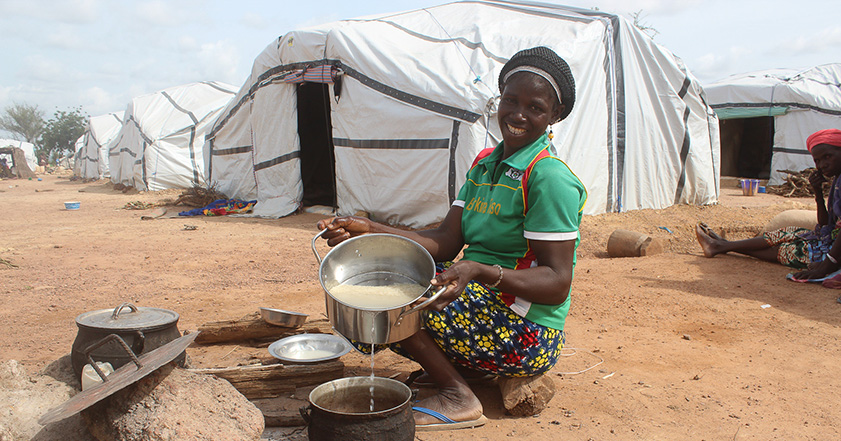Emergency shelter is at the heart of what we do, and we are constantly adapting the support we offer. This ongoing learning helps us to better meet the needs of the people affected by disaster and conflict.
It’s this practical and flexible approach that drives our work and allows us to be there for people after they are caught up in traumatic events. Over our 22-year history our work has evolved in a wide range of ways and our shelter approach along with it.
Dome tents
From our first response after the 2001 earthquake in Gujarat, India, we became known for our domed Vango tents. Many will have seen these tents in pictures and at events around the country. That first tent design was developed with the tent experts at Vango, and it’s still a strong and spacious shelter to this day.
As we responded in different climates with heavy rainfall or winter temperatures, we adapted our tent design. We added extra ventilation, further rain protection and a silver lining to keep heat in and reflect heat from the sun.
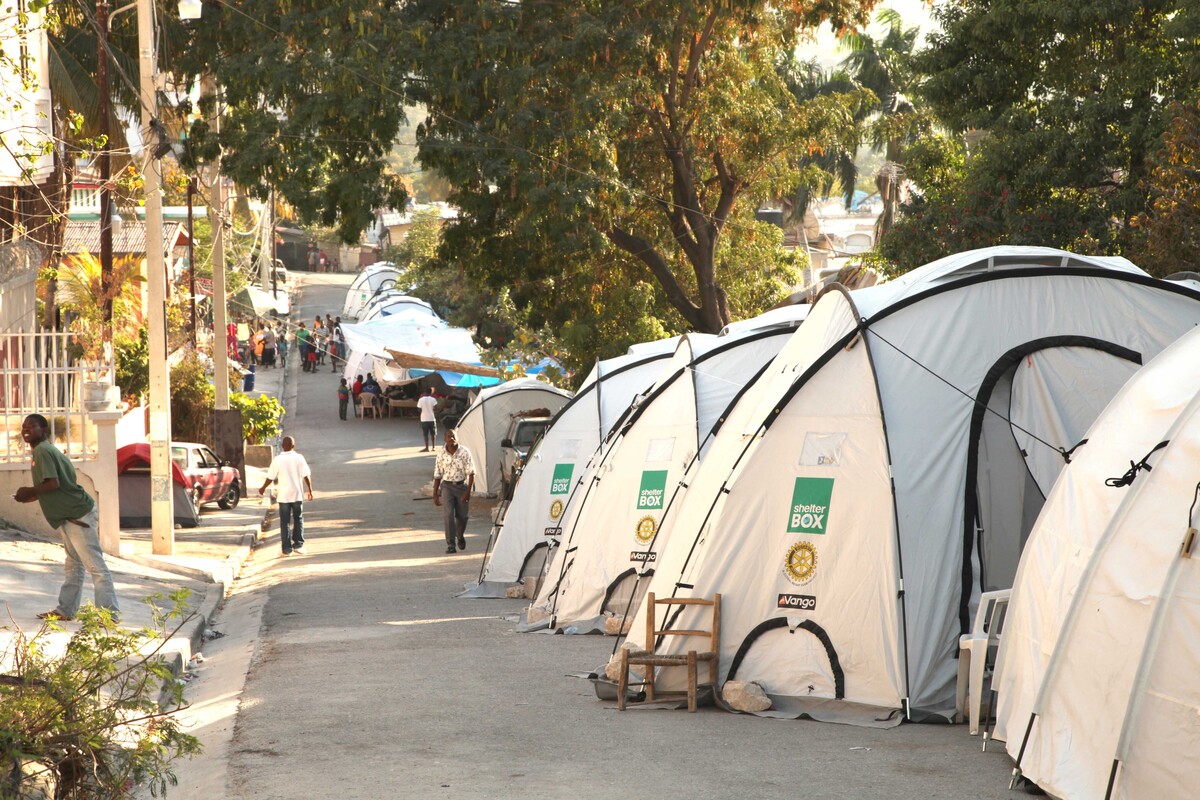
While we also gained experience in the charity world, we continued to learn from the people we supported and from other organisations. Gaining more understanding about the local conditions in different places, we found that our original tent wasn’t always the right type of shelter to provide.
By working in partnership, we found that sometimes a standard approach across organisations can be best when assisting communities affected by disasters. For example, in many projects ShelterBox works alongside governments and other charities to provide a standard disaster shelter, such as the UN Family Tent. These tents are large and better suited for some of the communities we are working with. Plus, by working in partnership, we can share training and know-how with other agencies. We initially started to use the UN Family Tents in Syria in 2013, because they are harder-wearing and longer-lasting than our original tents. They work well in longer-term situations, where people find that they have to settle for some time.
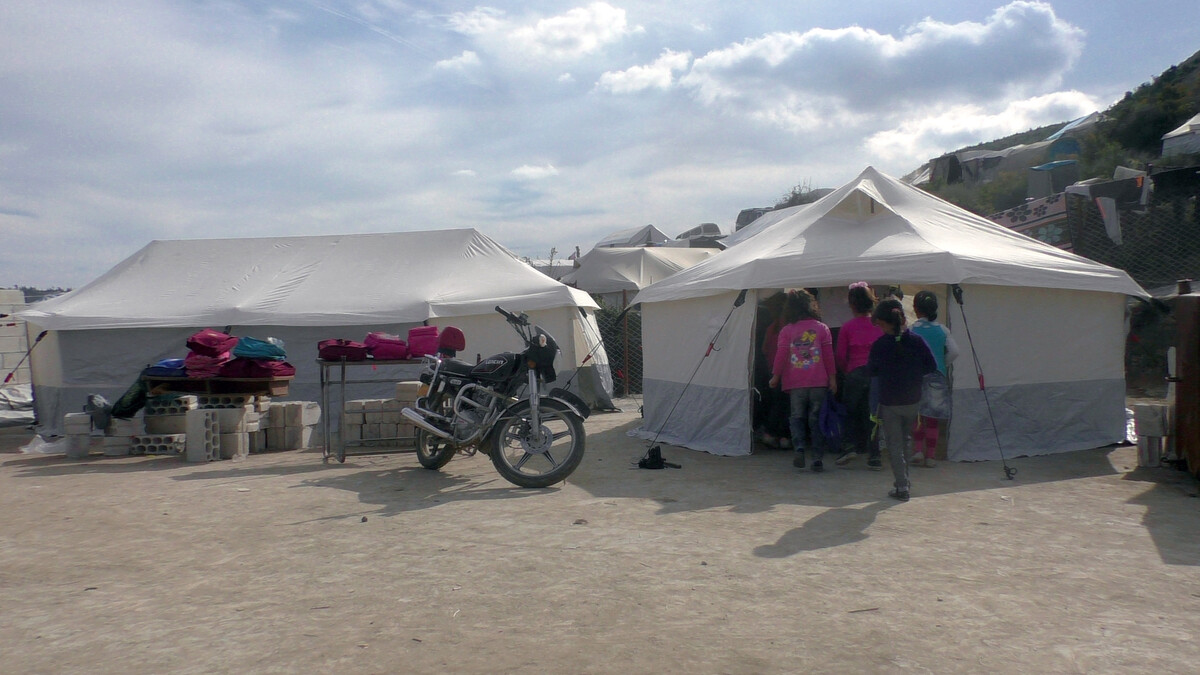
Shelter kits
Depending on people’s situations, a tent is not always the right shelter solution. When there has been a flood or homes are destroyed in war or extreme weather, there isn’t always space for a tent or solid ground to place them on. Or homes are damaged and not completely destroyed. In other situations, we need to be aware of local cultures and give people what will work best for them.
The next step on our journey started in 2014, when we began providing a different form of shelter aid in Paraguay and northern Syria. These disasters were both in urban areas and needed a different shelter type that was more flexible – a shelter kit. These very practical kits include two heavy-duty tarpaulins, a spade, hammer, saw, nails and wire. They enable families to create shelter and a sense of home in their situations. In these scenarios, a shelter kit is more appropriate than a tent. It provides the tools needed to prepare the timber structure, and fix and adapt any existing structures. The kit also gives people the resources that help them to re-start their businesses again, such as growing vegetables.
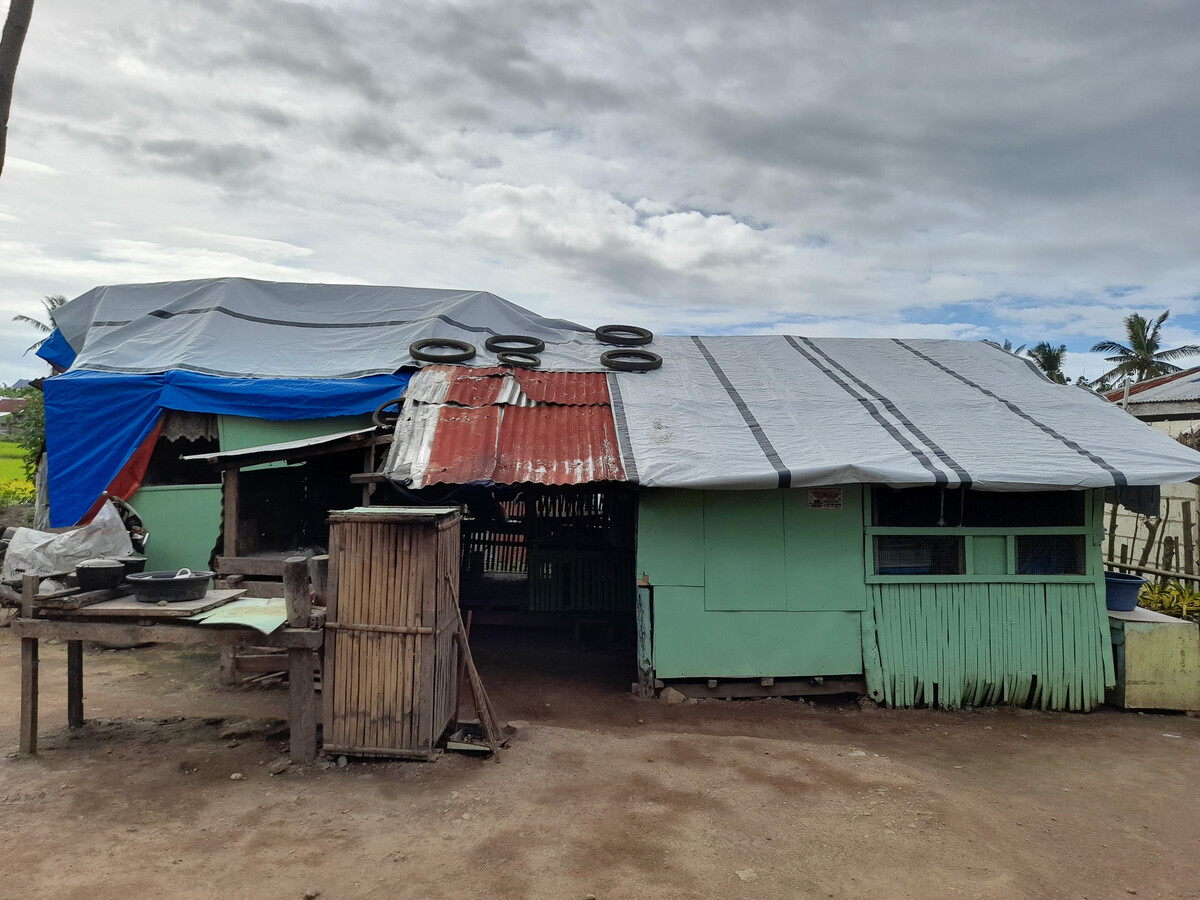
Other materials and solutions
In the Philippines, our ‘Operations Philippines’ (SBOP) found that people preferred to receive corrugated iron sheets to replace and fix roofs and walls after tropical storms. SBOP now have stores of these sheets in their warehouse in Cebu, ready for dispatch at any time.
In Burkina-Faso we work with people displaced by conflict. There, we have been adapting shelter structures to suit local customs and situations. A good example of this is the Sahelian Tent. This structure works well in the extreme climate of the Sahel in Western Africa. The design makes use of tarpaulins, stretched over a wooden frame, with large openings to allow good airflow. It’s a more durable structure suited to use by families who have been displaced. Apart from the tarpaulins, the materials used are available locally and the structure itself is suited to the local culture (it draws its design from those used by the Touareg peoples).
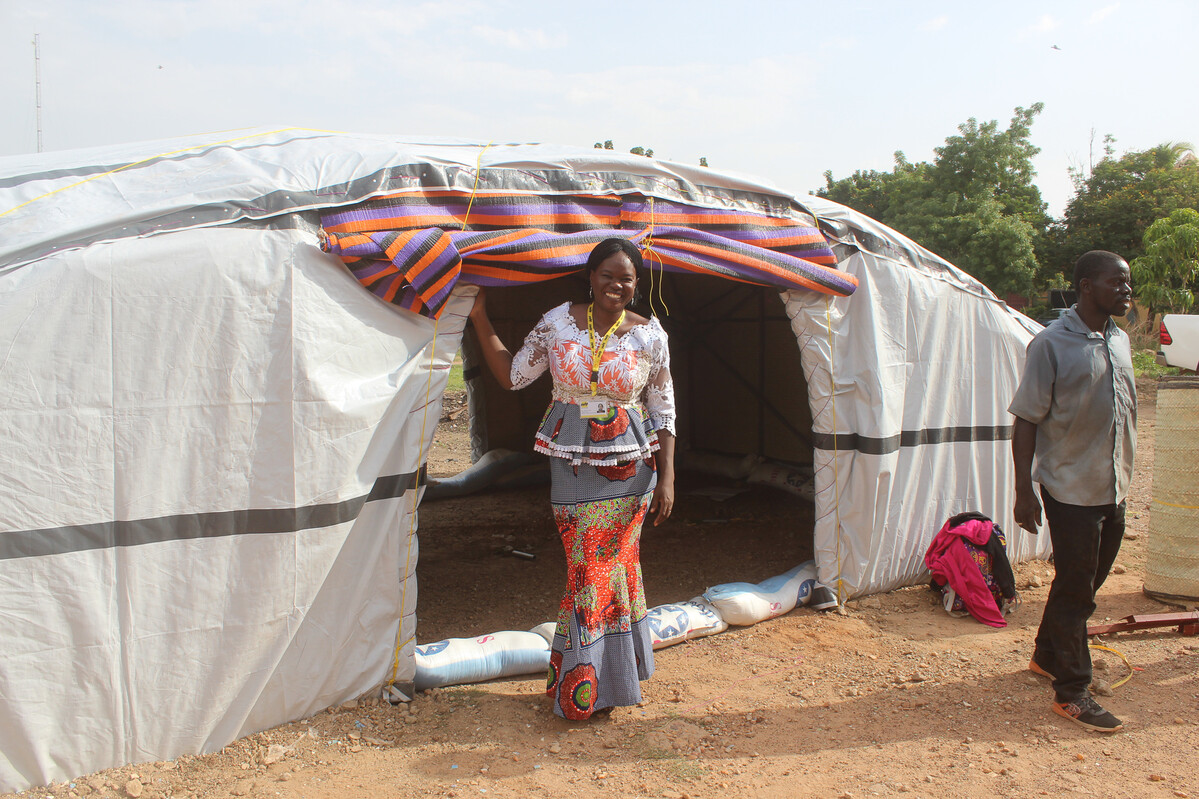
More adaptation has been needed in our protracted Syrian response where people have had to stay in shelters for many years. We learnt that heavy rains can cause flooding in the camps, allowing water to come into the tents. We are now carrying out a project with communities to create raised tent bases on the ground (or ‘tent levelling’). This uses a perimeter of bricks to keep rainwater from entering the shelters.
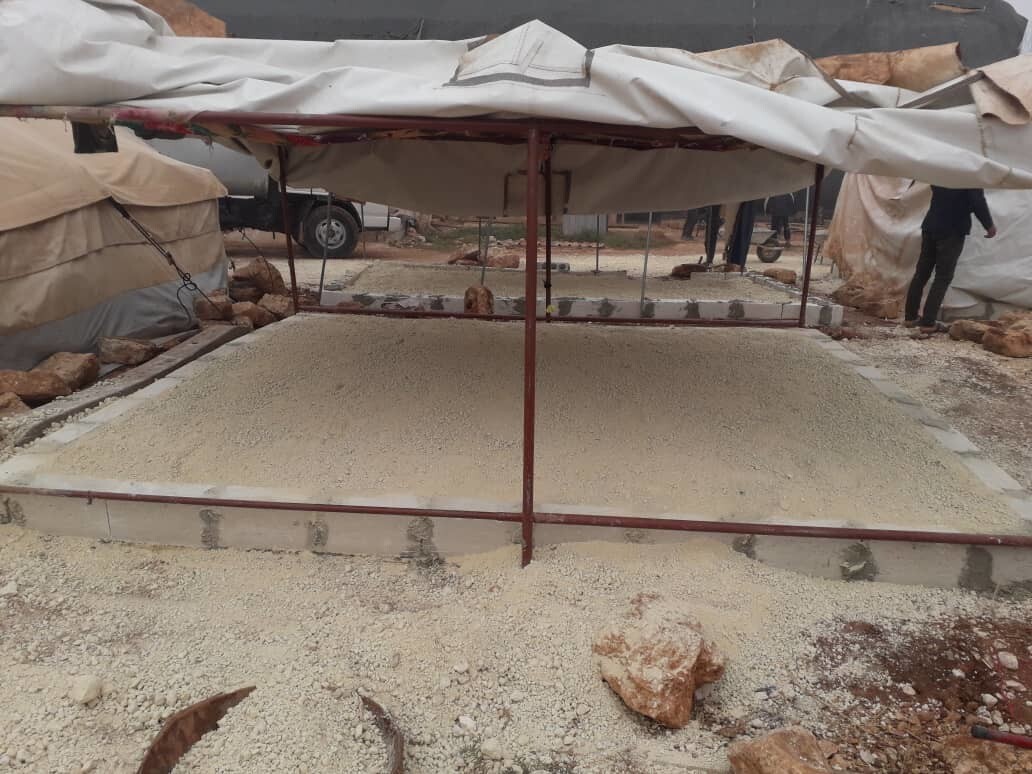
As you can see, we are evolving so that we can find the right solutions that meet the needs of people affected by different disasters. And our understanding of shelter as a process has grown as we have over the years. We have moved away from the idea that shelter is simply a tent or a ‘roof over our heads’, but that it is about the impact of our shelter aid. We understand even more that shelter is the crucial foundation that enables families to recover and re-build after conflict and disaster.
Although our iconic Vango tents are still used and have a special place in our history, you’ll see all sorts of different emergency shelter support in future as we learn, adapt and evolve. Be on the lookout for these new emergency shelter types and uses as we seek to ensure that no-one is without shelter after disaster.
As we now move into hurricane season, we are ensuring that our warehouses around the world are ready with pre-positioned aid, including different tents and shelter kits. Our stock of tents needs replenishing after our Pakistan, Türkiye and current Syria responses. Alongside this preparedness work, we’re launching Stock the Box – a new way for Rotary clubs and groups to fundraise for our work. It involves raising funds for the cost of typical aid bundles used in different disasters. Supporting Stock the Box will mean that we can provide our shelter aid and support to more families in the next disaster.
Learn more about Stock the Box – and how your Rotary Club can help fundraise for a future where no one is without shelter after disaster.

